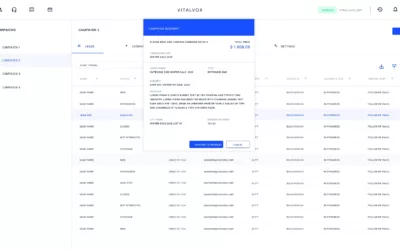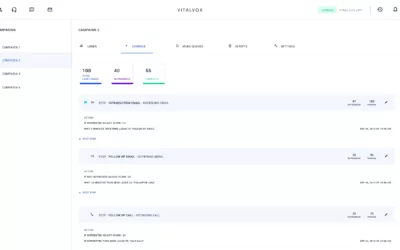Revolutionizing Customer Service: AI-Enabled Virtual Agents and Chatbots
Introduction
As technology continues to evolve, businesses are seeking innovative ways to provide efficient and personalized customer service. AI-enabled Virtual Agents and Chatbots have emerged as game-changing solutions in the realm of customer interactions. These intelligent systems, powered by artificial intelligence and natural language processing, have the ability to engage in human-like conversations, answer inquiries, and resolve customer issues. In this blog post, we will explore the concept of AI-enabled Virtual Agents and Chatbots, their benefits, and how they are revolutionizing customer service.
Understanding AI-Enabled Virtual Agents and Chatbots
AI-enabled Virtual Agents and Chatbots are computer programs designed to simulate human-like conversations with customers. They employ artificial intelligence and natural language processing techniques to understand customer inquiries and provide relevant responses in real-time. These systems can be deployed across various platforms, including websites, mobile apps, messaging applications, and voice-based interfaces.
Benefits of AI-Enabled Virtual Agents and Chatbots
24/7 Availability:
Unlike human agents, AI-enabled Virtual Agents and Chatbots can operate around the clock, providing instant assistance to customers regardless of time zones or business hours. This availability improves customer satisfaction and reduces response times, leading to enhanced customer loyalty.
Scalability and Cost-Effectiveness:
Virtual Agents and Chatbots have the ability to handle multiple customer inquiries simultaneously, making them highly scalable. They can efficiently manage high volumes of inquiries without additional staffing requirements, resulting in significant cost savings for businesses.
Instantaneous Responses:
Virtual Agents and Chatbots can provide immediate responses to customer queries, eliminating the need for customers to wait for human agent availability. This instantaneity improves customer experience and reduces frustration, leading to higher levels of customer satisfaction.
Personalized Interactions:
AI-enabled Virtual Agents and Chatbots have the capability to analyze customer data, previous interactions, and purchase history, enabling them to deliver personalized recommendations and assistance. This personalized approach enhances the customer experience and fosters stronger customer relationships.
Continuous Learning and Improvement: Virtual Agents and Chatbots leverage machine learning algorithms to continuously improve their responses based on customer interactions and feedback. They can learn from past conversations, adapt to customer preferences, and refine their knowledge base, ensuring more accurate and relevant responses over time.
Implementing AI-Enabled Virtual Agents and Chatbots
To successfully implement AI-enabled Virtual Agents and Chatbots, businesses should consider the following steps:
Define Use Cases:
Identify the areas of customer service that can benefit from Virtual Agents and Chatbots. Determine the specific tasks, inquiries, or processes that these systems can handle effectively to improve operational efficiency.
Design Conversational Flows:
Develop intuitive and user-friendly conversational flows for Virtual Agents and Chatbots. Consider various customer scenarios and design responses that align with your brand’s tone and language, ensuring a seamless and natural conversation.
Integrate with Existing Systems:
Integrate Virtual Agents and Chatbots with existing customer relationship management (CRM) systems, knowledge bases, and data sources. This integration enables access to customer information and facilitates personalized interactions.
Continuous Monitoring and Optimization:
Regularly monitor the performance of Virtual Agents and Chatbots, analyzing customer interactions, feedback, and outcomes. Use this data to optimize conversational flows, identify areas for improvement, and refine the system’s responses.
Provide Escalation Paths:
While Virtual Agents and Chatbots can handle most customer inquiries, it’s essential to provide clear escalation paths to human agents when necessary. Ensure a smooth transition between the automated system and live support, maintaining a seamless customer experience.
Categories
- Agent Performance & Training
- AI solutions
- Asterisk
- Business Growth
- Call Center Performance & Productivity
- Call Center Software Platform
- Call Center Technology & AI Integration
- Call Center Training
- Call Center Workforce Management
- Call Monitoring
- Cloud-Based Solutions
- Customer Experience
- Data Security
- General
- Insights
- Integrated Customer Service
- News
- Omnichannel Communication Strategy
- Omnichannel Support
- Quality Assurance
- Tech



